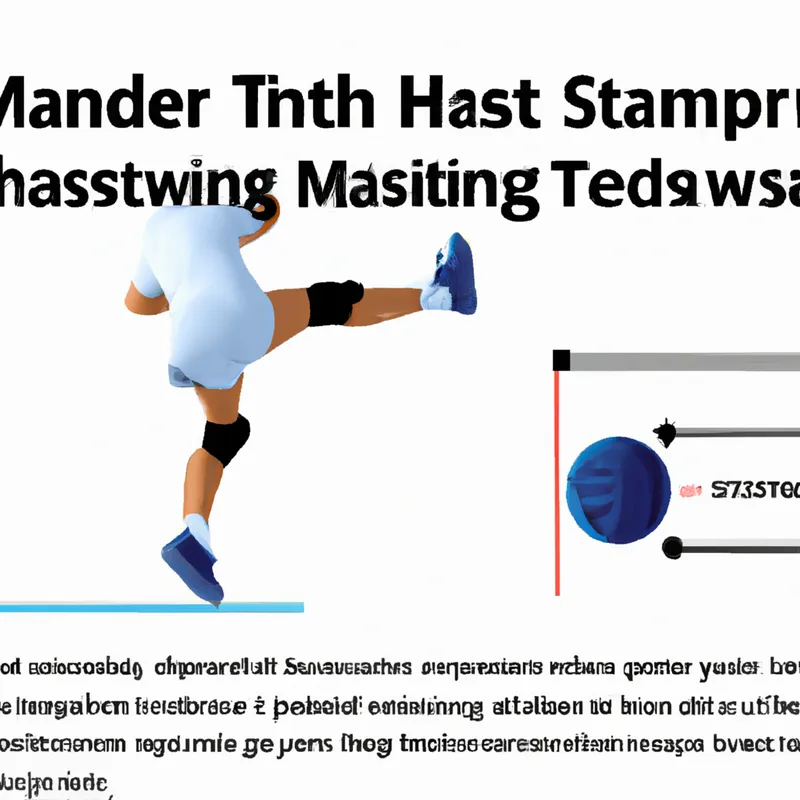Energize Your Serve with Precision Timing
Advanced Strategies for Mastering the Jump Serve in Volleyball: Breaking Down Footwork and Timing
The jump serve ranks among volleyball’s most dynamic and effective skills. It blends power, precision, and strategy, enabling players to score points and disrupt opponents. Mastering the jump serve demands a solid grasp of footwork, timing, and technique. This blog explores advanced strategies to elevate your jump serve and transform it into a potent court weapon.
Understanding the Basics of the Jump Serve
Before diving into advanced techniques, let’s revisit the jump serve’s fundamental aspects. A successful jump serve relies on three key components: stance, toss, and contact.
1. **Stance**: Start with your feet shoulder-width apart and knees slightly bent. This athletic stance prepares you for the explosive movement needed for a jump serve. Distribute your weight evenly to enable quick lateral movements.
2. **Toss**: The toss plays a critical role in a successful jump serve. Toss the ball high and slightly in front of you, enabling contact at the peak of your jump. A consistent toss allows you to replicate the motion under pressure.
3. **Contact**: The contact point generates power and spin. Hit the ball with the heel of your hand, creating a snapping motion that adds velocity. Aim for a contact point slightly above your head to drive the ball downwards into the opponent’s court.
Mastering Your Footwork
Footwork forms the foundation of a successful jump serve. Here are advanced tips to refine your footwork and boost effectiveness.
1. Use a Three-Step Approach
The three-step approach maximizes your momentum. Start with a small step forward using your non-dominant foot. Follow this with a larger step from your dominant foot. Finally, push off with your jumping foot to launch into the air. This sequence creates powerful upward motion that enhances your serve.
2. Develop Rhythm
Maintain rhythm and timing for a successful jump serve. As you approach the ball, keep a steady and consistent rhythm. This synchronization allows smooth transition from your approach to your jump. Practice footwork without the ball to build muscle memory.
3. Incorporate Different Angles
Varying your footwork keeps opponents guessing. Practice serving from various angles on the court, including the left, right, and center. Changing your approach enhances overall agility and adaptability during matches.
4. Focus on Your Landing
Landing remains an often-overlooked aspect of footwork. After your jump, land softly with knees slightly bent. This technique prevents injury and prepares you for the next play.
Conclusion
In summary, mastering the jump serve involves understanding the basics, refining footwork, and developing rhythm. Implement these strategies to elevate your game.
Below are related products based on this post:
FAQ
What are the key components of a successful jump serve in volleyball?
A successful jump serve relies on three key components: stance, toss, and contact. Start with your feet shoulder-width apart and knees slightly bent for an athletic stance. Toss the ball high and slightly in front of you to allow for contact at the peak of your jump, and make sure to hit the ball with the heel of your hand at a contact point slightly above your head to generate power and spin.
How can I improve my footwork for a more effective jump serve?
To improve your footwork, use a three-step approach that maximizes your momentum: start with a small step forward with your non-dominant foot, follow with a larger step from your dominant foot, and push off with your jumping foot. Additionally, maintain rhythm and timing as you approach the ball, and practice serving from different angles to enhance your agility and adaptability during matches.
What is the importance of landing technique after a jump serve?
Landing technique is crucial as it prevents injury and prepares you for the next play. After your jump, it’s important to land softly with your knees slightly bent. This technique not only helps in maintaining balance but also allows for a smooth transition to your next movement on the court.















Post Comment